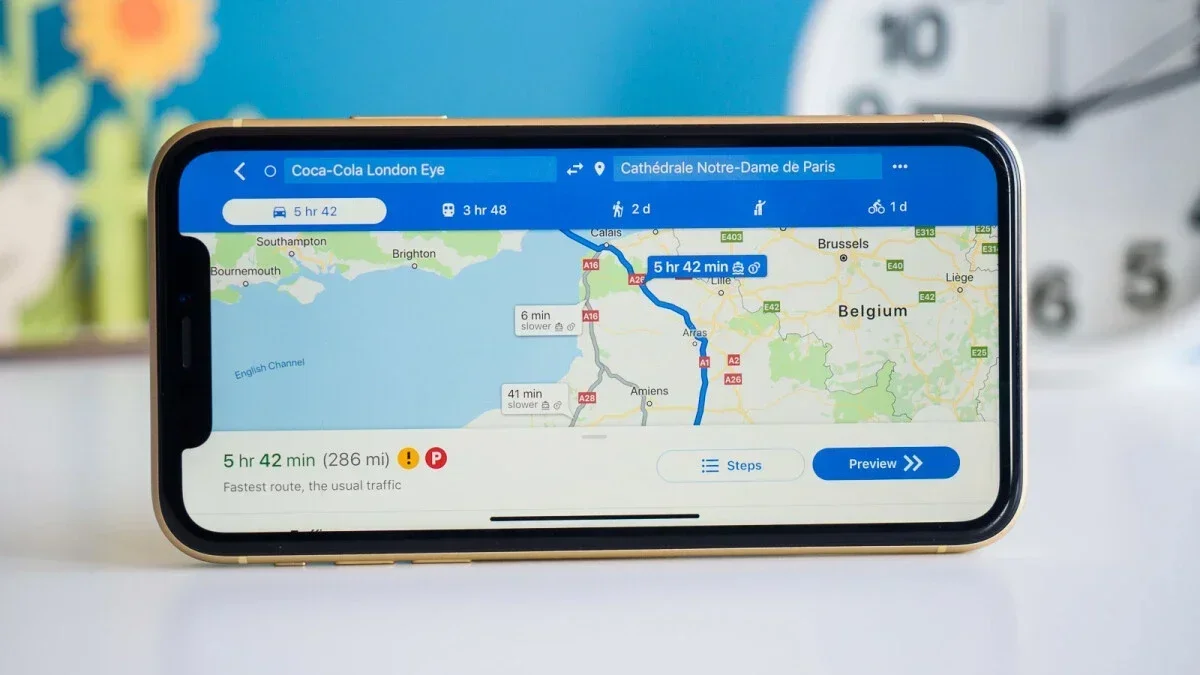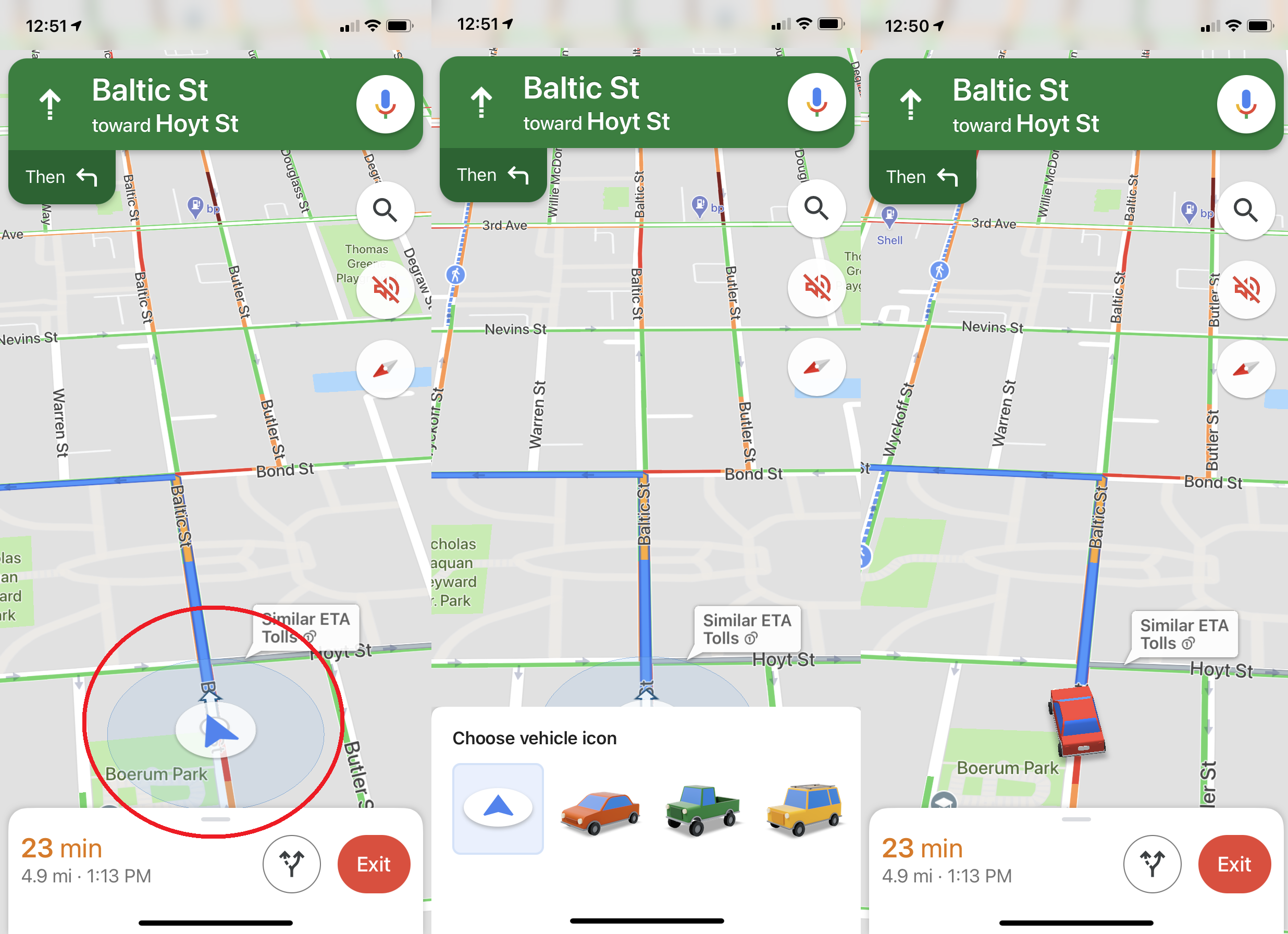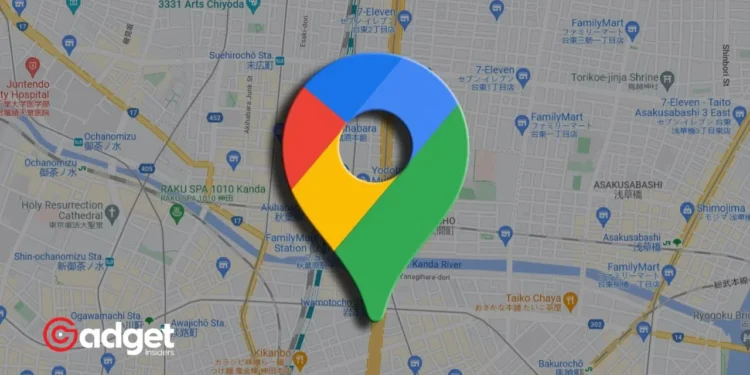In an era where digital navigation has become an indispensable part of daily life, Google Maps is set to revolutionize the way we interact with our physical world. The platform, already a cornerstone of urban navigation, is introducing a groundbreaking feature aimed at enhancing user experience by eliminating the confusion often associated with finding building entrances and exits.
This update is a testament to Google’s commitment to refining and expanding its navigation tools, making every journey as seamless as possible.
Navigating the Concrete Maze: A New Dawn for Google Maps Users
For countless individuals relying on Google Maps, the challenge of locating the correct entrance to a building has been a familiar hurdle. Whether it’s a bustling hotel entrance, a hidden supermarket door, or the main gateway to a sprawling restaurant, the struggle to find the right access point adds unnecessary stress to our journeys.
Recognizing this pain point, Google has embarked on a significant update to address these navigational nightmares directly.

Reports from Android Police highlight the testing of a new feature in Google Maps version 11.17.0101 on a Google Pixel 7a, showcasing designated entry and exit points for buildings. This innovative addition is designed to guide users directly to the white-circled entry symbols, marked prominently on the map upon zooming in on a selected location.
The test phase of this feature reveals its application across a diverse range of building types, including hotels, supermarkets, and restaurants, across various cities. Despite the feature’s current limitations and its inconsistency across all buildings, the potential it holds for enhancing navigation efficiency is immense.
While the accuracy of the entry points displayed might not always be perfect, especially for smaller establishments, the ongoing experiment signals a promising step toward a future where entering and exiting buildings is as straightforward as a tap on your screen.

Beyond Entrances: Expanding the Horizons of Navigation
In parallel with the development of the entry and exit point feature, Google Maps has silently launched the “Glanceable directions” feature, now available globally. This addition brings critical navigation information, including real-time estimated time of arrival (ETA) and turn-by-turn directions, directly to users’ lock screens.
Originally introduced in February, its official rollout remained under wraps until recently, with Android and iOS users now benefiting from enhanced accessibility to vital travel information without the need to unlock their devices.
Google Maps will soon help you find the entrance and exits of buildingshttps://t.co/Rr1KSudOa5
— IndiaTodayTech (@IndiaTodayTech) March 5, 2024
This feature not only allows users to monitor their journey with ease but also ensures that deviations from the planned route are swiftly corrected, with Maps recalculating paths and adjusting route previews in real-time. Whether walking, driving, or biking, the Glanceable directions feature enriches the navigation experience, offering peace of mind and convenience to users familiar and new alike.
The Future of Urban Navigation
As Google Maps continues to evolve, its latest features reflect a deep understanding of the challenges faced by urban navigators. By addressing the seemingly simple yet profoundly impactful issue of finding building entrances and exits, Google Maps is set to redefine our expectations of digital navigation tools.
The integration of user-friendly features like Glanceable directions further emphasizes the platform’s role as a comprehensive guide in our pockets, ready to assist in every journey, no matter how familiar or foreign.

While the entrance and exit point feature remains in its testing phase, the promise it holds for future updates is clear. As Google Maps advances, users can look forward to an increasingly intuitive and efficient navigation experience, where the journey from point A to point B is as smooth and stress-free as possible.
In the dynamic landscape of digital navigation, Google Maps stands at the forefront, continually pushing the boundaries of what is possible and setting new benchmarks for excellence in the field.










